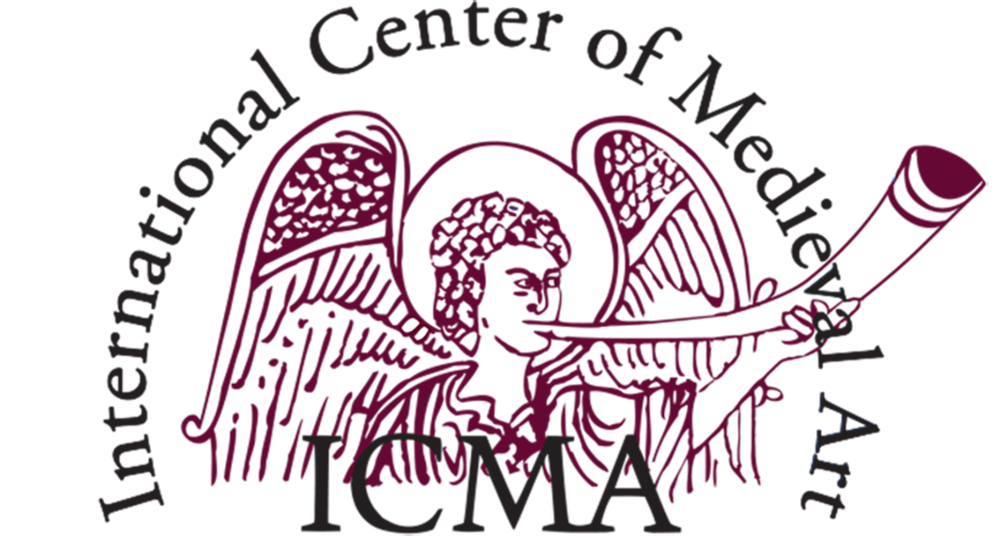Call for Papers
levating the Word. Bimah – Ambo – Minbar – Pulpit as Spaces of Sacred Speech
Zentralinstitut für Kunstgeschichte, Munich, July 22–23, 2026
due by 31 October 2025
International Conference, organizers: Prof. Dr. Joanna Olchawa, Dr. des. Ella Beaucamp (Ludwig Maximilian University of Munich)
The Word was at the center of religious practice in the medieval sacred sphere. Its proclamation found a privileged stage in different forms depending on time, culture, and confession: the Jewish bimah, the Christian-liturgical ambo, the Islamic minbar, and the Christian (preaching-)pulpit. From these sites, theological messages, as well as moral instructions, practical guidance, and community announcements, were delivered in performative acts designed to resonate with audiences as intersensory, and therefore more memorable, experiences. The effectiveness relied not only on voice, performance, and content of the spoken word, but also on the architecturally defined, liturgically embedded, and symbolically charged settings from which it was proclaimed. Viewed as dynamic components of religious communication rather than solely as art-historical objects, these sites reveal striking acoustic, aural, oral, and audiovisual facets.
This conference focuses on Bimah, Ambo, Minbar, and Pulpit as central stages of religious communication, with particular attention to their sonic dimensions. Drawing on textual, visual, and material evidence, we ask how these sites supported and actively shaped the transmission and reception of sacred content across the three monotheistic traditions. Which visual strategies predominated, to what extent were they guided by official norms or conventional practices, and when did artistic innovation occur? What pictorial programs, ornaments, and inscriptions up to c. 1500 CE deliberately addressed the preacher or the assembled audience? How was the spoken word shaped by acoustic and architectural features, and how was its resonance intensified in interplay with the visible? Who commissioned these works: specific donor circles, religious authorities, or even the auditorium itself, who appropriated and reshaped these spaces according to their expectations and needs?
Submission instructions
We invite proposals for case studies as well as transcultural and transreligious comparisons from art history and related disciplines (including religious studies and theology). Please submit an abstract of approx. 300 words (in German or English) and a short CV by October 31, 2025 to joanna.olchawa@lmu.de and ella.beaucamp@lmu.de.
Travel and accommodation expenses will be covered.
The publication of the conference proceedings is planned.

